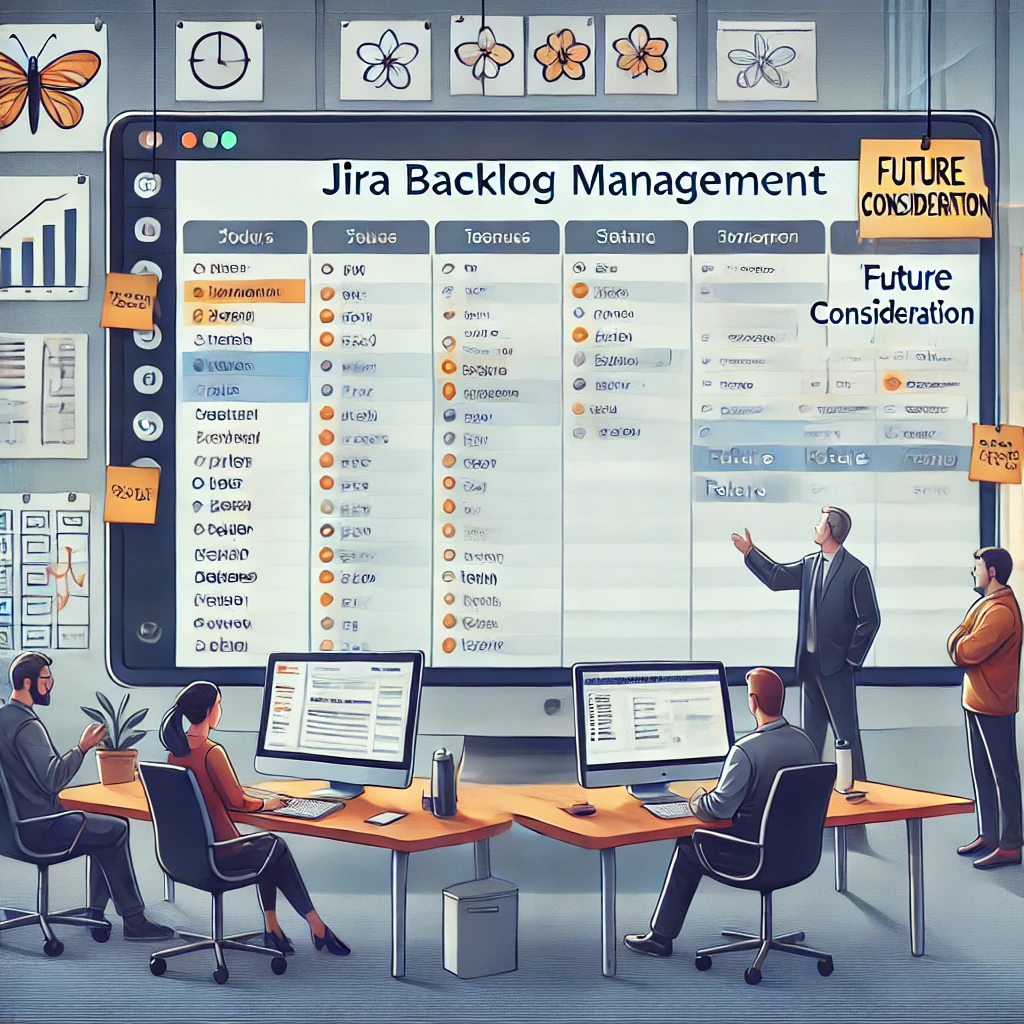
Introduction
Handling issues for future consideration in Jira can be challenging. Many teams struggle with maintaining a clean and effective backlog while ensuring that important ideas and tasks are not lost. In this blog, we will discuss best practices for managing these types of issues.
What is the Backlog For?
The backlog is meant to contain tasks that are actively being considered for development in the near future. However, some teams keep a large number of long-term items in the backlog, making it cluttered and difficult to manage.
The Challenge of Future Consideration Issues
Teams often have tasks that they may work on in the next six months or even a year, but they are not yet prioritized. These issues are not truly "on hold" but also cannot be placed in active sprints. The question arises: how do you manage such tasks efficiently?
Closing Issues Instead of Keeping Them in the Backlog
One effective approach is to close issues that are not currently planned for execution. This might seem counterintuitive, but it helps maintain a focused and manageable backlog. Here’s why:
- Closed Issues Do Not Mean They Are Lost
- Closing an issue in Jira does not delete it. The issue remains in the system and can be reopened if needed.
- The Resolution Field Can Indicate Future Consideration
- When closing an issue, teams can use a resolution status like "Future Consideration" to indicate that the task may be revisited.
- A Clean Backlog Improves Productivity
- Having too many items in the backlog can overwhelm teams and make prioritization difficult. Keeping only the most relevant tasks visible helps teams focus on what truly matters.
The Role of Resolutions in Jira
The resolution field in Jira helps clarify the status of closed issues:
- "Done" – The issue was completed and delivered.
- "Rejected" – The issue was considered but ultimately discarded.
- "Future Consideration" – The issue may be revisited later.
By clearly marking future consideration issues, teams can track potential tasks without cluttering their active backlog.
Avoiding Backlog Overload
To maintain an effective backlog:
- Limit Backlog Size
- Avoid having hundreds of items in the backlog. Focus on tasks planned for the next quarter or PI (Program Increment).
- Move Long-Term Tasks Elsewhere
- Consider maintaining a separate document or board for long-term ideas instead of keeping them in Jira.
- Regularly Review and Clean Up
- Periodically review backlog items and close those that are unlikely to be worked on soon.
Final Thoughts
Managing Jira effectively requires a structured approach to backlog management. Instead of letting the backlog grow indefinitely, teams should close issues that are not in the near-term pipeline and use the resolution field to track future consideration items. This ensures a more organized and efficient workflow while keeping Jira reports and metrics accurate.
By adopting these best practices, teams can maintain clarity, improve prioritization, and avoid unnecessary backlog bloat.
Video Link- https://www.youtube.com/watch?v=d5pfKwkqZQg
